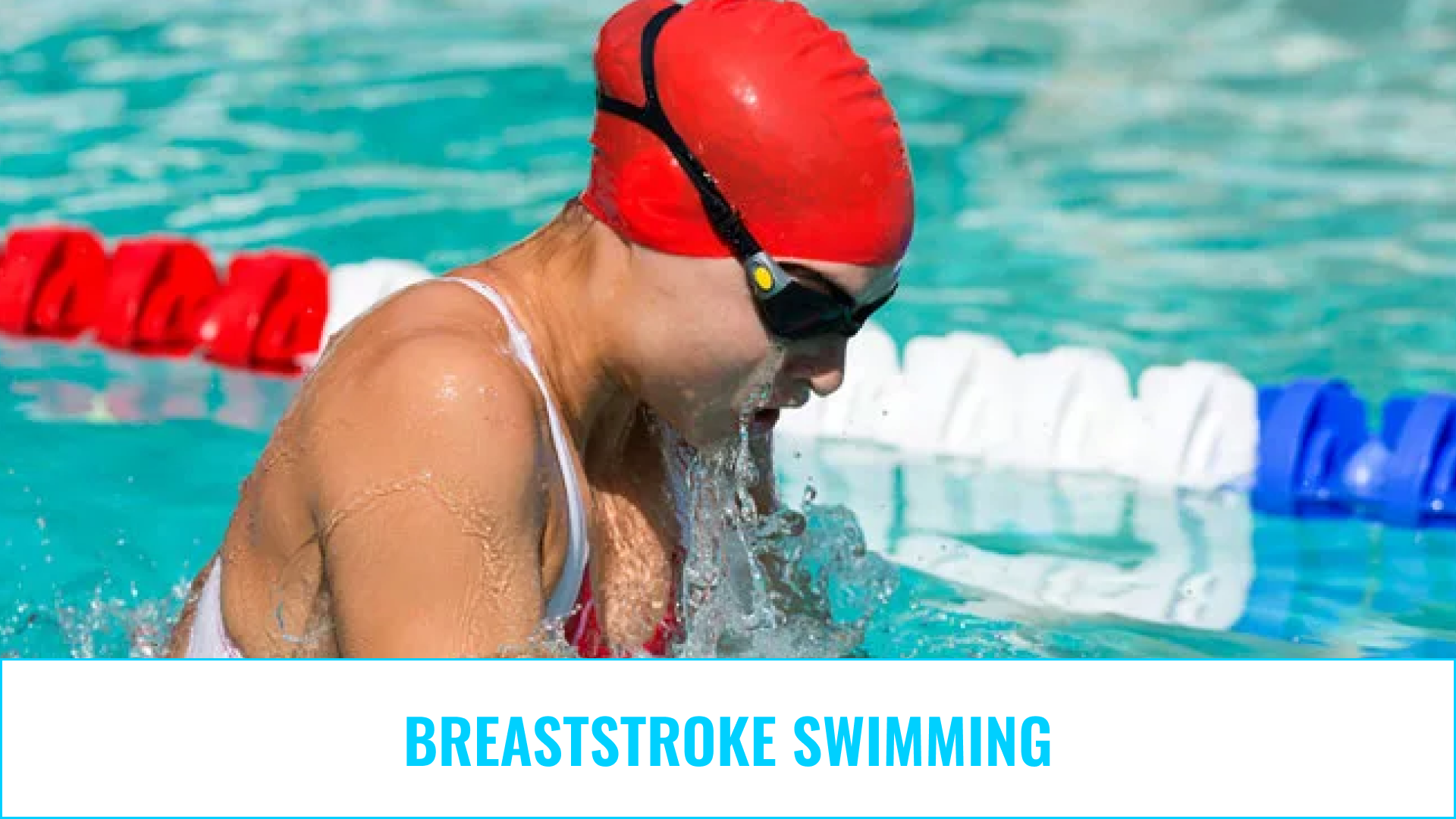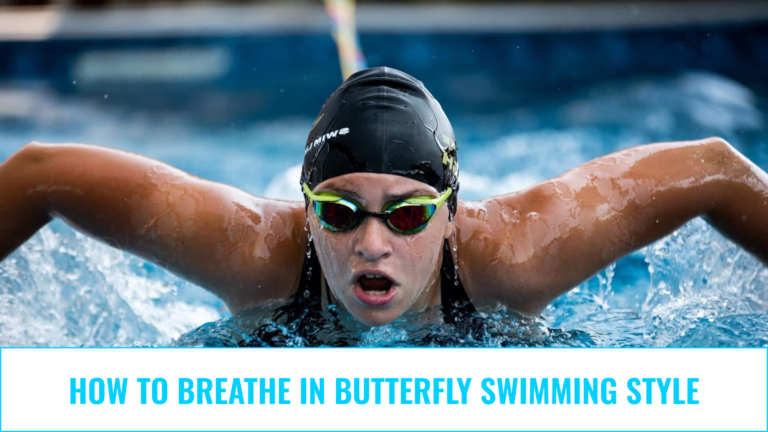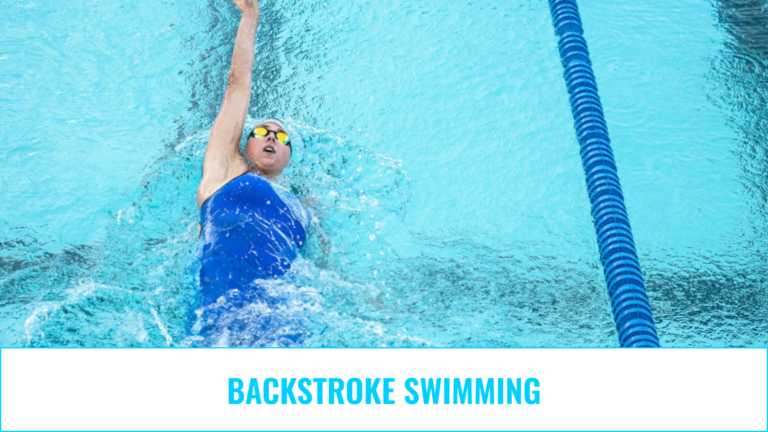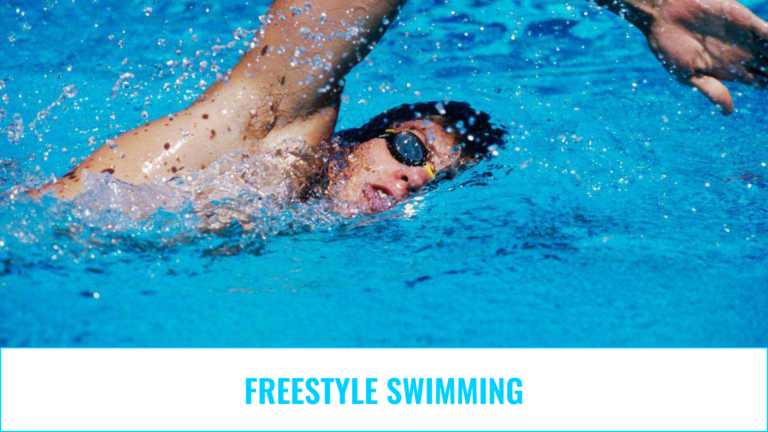Breaststroke Swimming
The breaststroke is a swimming style that is characterized by a distinctive arm and leg movement. In the breaststroke, the arms move in a circular motion, sweeping out to the sides and then forward under the water. The legs also move in a circular motion, kicking out to the sides and then back towards the body. The breaststroke is typically performed at a slower pace than other swimming styles, such as freestyle or backstroke, and is often used as a beginner’s swimming stroke.
One of the key benefits of the breaststroke is that it is a relatively easy stroke to learn, and it can be performed by swimmers of all ages and abilities. The breaststroke is also a good all-around stroke that can be used for both recreational swimming and competitive swimming. Additionally, the breaststroke is a good way to develop core strength and improve overall fitness.
Which famous swimmers use the breaststroke technique?
There have been many famous swimmers who have used the breaststroke technique in their careers. Some notable examples include:
- Brendan Hansen: Hansen is a retired American swimmer who won three Olympic medals in the breaststroke events, including a gold medal in the 100m breaststroke at the 2004 Olympics in Athens.
- Rebecca Soni: Soni is a retired American swimmer who won six Olympic medals in the breaststroke events, including two gold medals in the 200m breaststroke at the 2008 and 2012 Olympics.
- Kosuke Kitajima: Kitajima is a retired Japanese swimmer who won four Olympic medals in the breaststroke events, including two gold medals in the 100m and 200m breaststroke at the 2004 and 2008 Olympics.
- Amanda Beard: Beard is a retired American swimmer who won seven Olympic medals in the breaststroke and individual medley events, including a gold medal in the 200m breaststroke at the 2004 Olympics in Athens.
- Christian Sprenger: Sprenger is an Australian swimmer who has won three Olympic medals in the breaststroke events, including a gold medal in the 100m breaststroke at the 2012 Olympics in London.
Is the Breakstroke Swimming Technique Ideal for Beginners?
The breaststroke is a swimming technique that is often considered ideal for beginners because it is relatively easy to learn and can be performed by swimmers of all ages and abilities. The breaststroke is a good all-around stroke that can be used for both recreational swimming and competitive swimming, and it is a good way for beginners to develop their basic swimming skills and build their confidence in the water. Additionally, the breaststroke can help beginners improve their overall fitness and coordination. However, it is important for beginners to practice the breaststroke with proper technique in order to avoid developing bad habits and to maximize their progress.
Swimming in the Breakstroke Swimming Technique
Head & Body

In the breaststroke swimming technique, it is important to keep the head and body in a straight line in order to maintain good body alignment and maximize efficiency. To do this, the swimmer should keep the head in a neutral position, looking down towards the bottom of the pool. The body should also be straight, with the hips and shoulders in a line and the core muscles engaged. This will help the swimmer to maintain good body position and avoid arching the back or lifting the head out of the water. By keeping the head and body in a straight line, the swimmer will be able to swim more efficiently and effectively in the breaststroke.
Hands & Arms
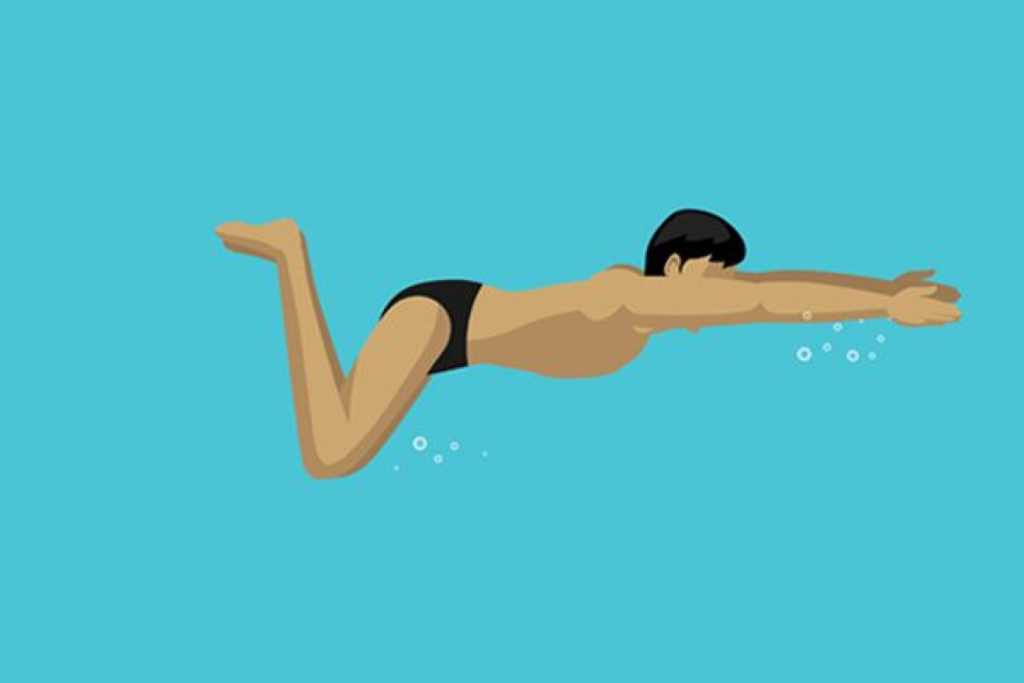
In the breaststroke swimming technique, the arms and hands play a key role in providing propulsion and maintaining balance. The arms should move in a circular motion, sweeping out to the sides and then forward under the water. The hands should be cupped, with the palms facing downwards and the fingers pointed towards the body. As the arms sweep forward, the hands should enter the water and push backwards, providing propulsion. The elbows should be kept close to the body, and the arms should not be extended fully until they are fully submerged. By using proper arm and hand technique, the swimmer will be able to generate more power and efficiency in the breaststroke.
Leg Movement

The leg movement in the breaststroke swimming technique is known as the breaststroke kick. To perform the breaststroke kick effectively, the swimmer should keep the legs straight and the toes pointed, using the ankles to create the propulsion. The legs should move in a circular motion, kicking out to the sides and then back towards the body. The kick should be performed in a gentle and controlled manner, with the knees staying close to the surface of the water. By maintaining a strong and consistent breaststroke kick, the swimmer will be able to generate more power and efficiency in the breaststroke.
Breathing
One of the unique aspects of the breaststroke swimming technique is the way that the swimmer breathes. In the breaststroke, the swimmer breathes in and out through the mouth while the head is underwater. This can be challenging for some swimmers, and it is important to practice good breath control and to exhale fully before coming up for air. To breathe effectively in the breaststroke, the swimmer should exhale through the mouth as the head is underwater, and inhale through the mouth as the head comes up for air. The swimmer should also avoid lifting the head too high out of the water, which can disrupt the body alignment and reduce efficiency. By practicing good breath control in the breaststroke, the swimmer will be able to swim more efficiently and comfortably.
Learning to Swim Breaststroke
Learning to swim breaststroke can be a rewarding experience, and it is a skill that can be enjoyed by people of all ages and abilities.
To learn the breaststroke, it is important to start by practicing the basic technique, including the arm and leg movements and the breathing. This can be done in shallow water, with the help of a kickboard or other flotation device if needed. It is also important to practice good body alignment and to avoid developing bad habits, such as lifting the head too high out of the water or over-extending the arms.
With regular practice and proper technique, the swimmer should be able to improve their breaststroke and build their confidence in the water.

